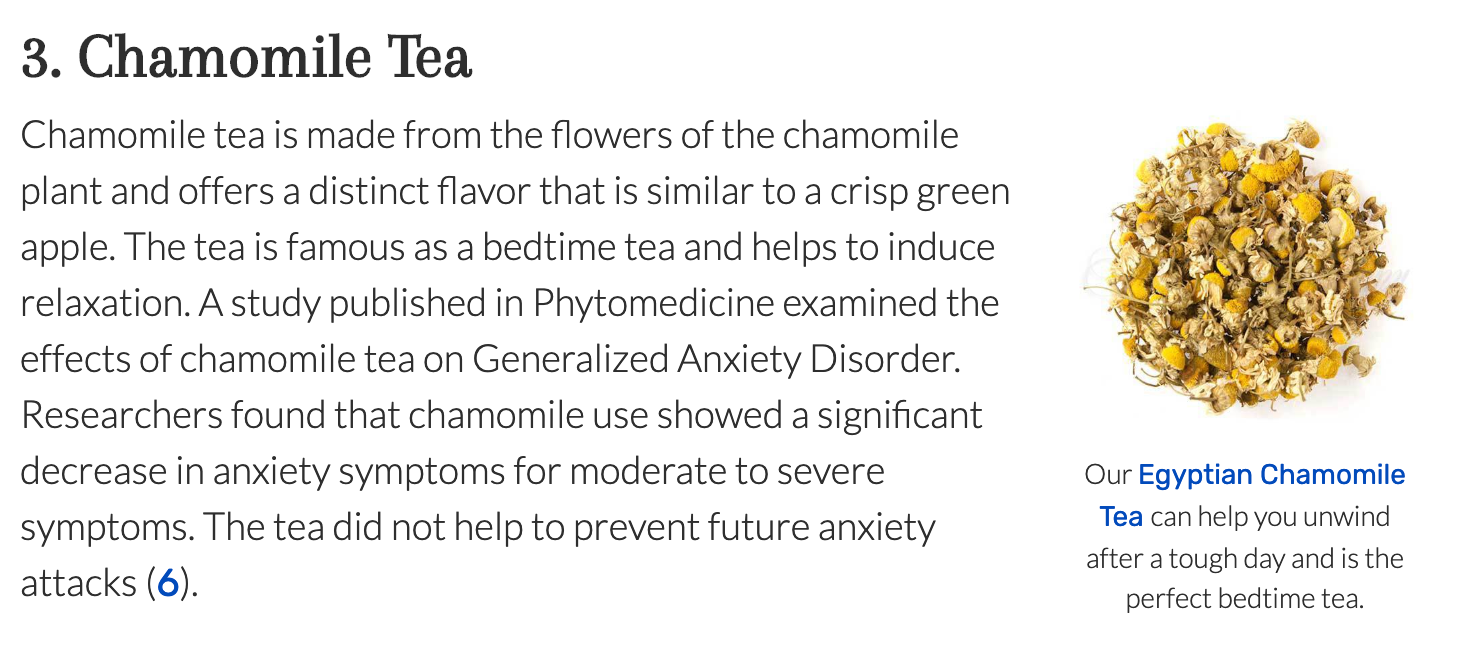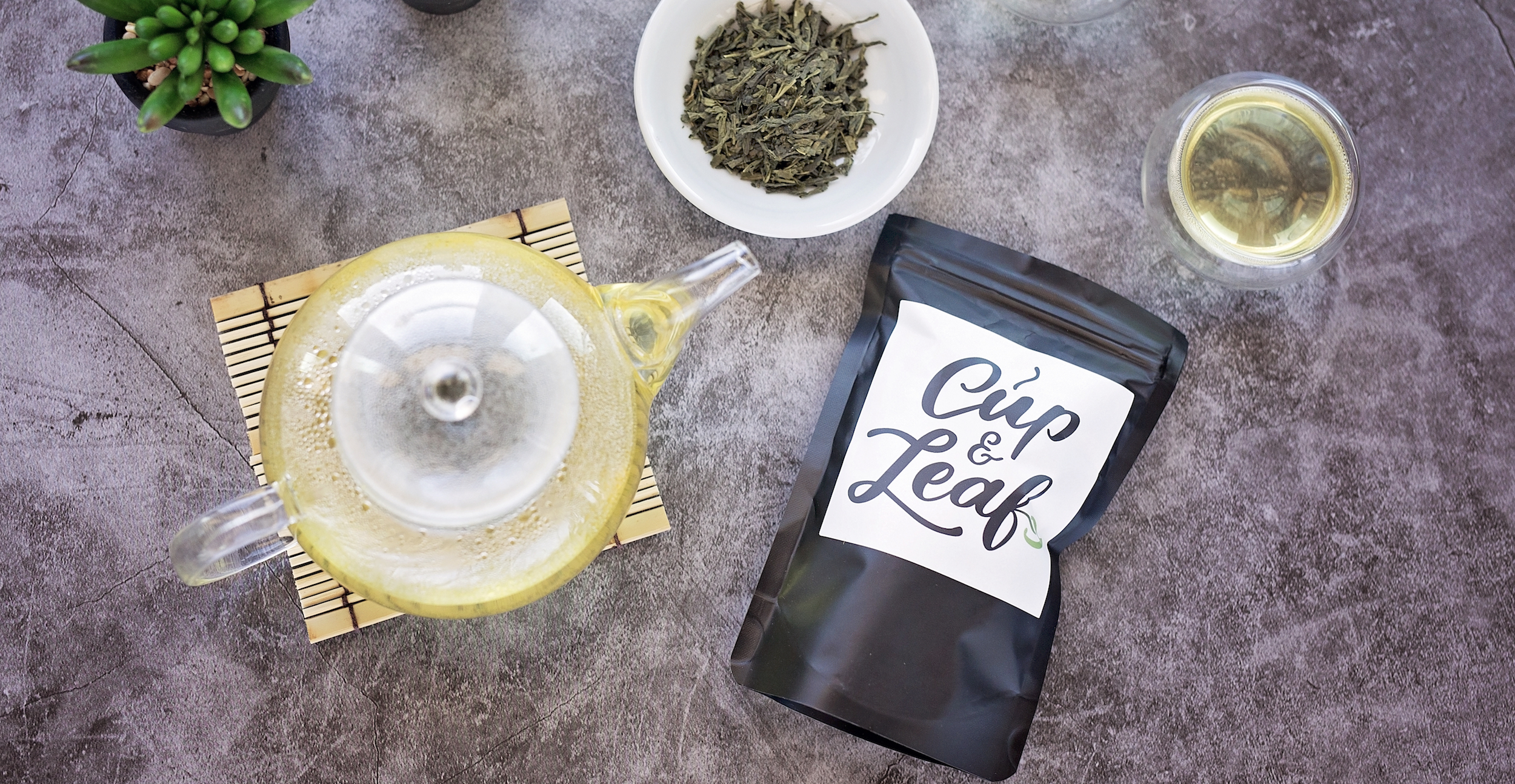A couple months ago, Benji and I were having a conversation about SEO, content marketing, and turning it into ecommerce sales.
I’d expressed some frustration that the organic traffic to one of our blogs, Cup & Leaf, wasn’t converting as well as I’d like it to. We’d done a good job building up our traffic, but it wasn’t turning into sales.
Benji had recently written his post about “Pain Point SEO” and we started talking about some of the ideas from the post. He suggested restructuring some of our posts to more clearly show how our products tied into the topic, and to go after more topics that might have smaller search volumes, but that are much more targeted.
Two months later, we’re getting more than 300% more sales from SEO:

While only increasing traffic by about 175%:

And we’re regularly seeing conversions directly from our pain-point SEO optimized articles like this:

In this post, I’ll go through what we did to start creating more high-converting, bottom of funnel posts focused on customer pain points, and what we’re doing to drive traffic from those posts back to our store.
Finding High Converting Topics
The first thing I noticed when I dug into our conversion data was that the posts getting the most traffic were not necessarily the ones driving the most sales.
Here’s a really obvious example: we rank #1 for “green tea shot”:

But you’ll probably notice that the main recipe has no green tea in it, and if you read the article, there’s really no smooth way to slip our product into an article about a shooter.
As you can imagine, this article has sent $0 in sales, despite getting a few thousand visitors per month.
Even when we look at articles that seem like they should be relevant, though, the conversion metrics weren’t great.
“Green tea side effects” is another topic where we have one of the top spots, and that post has brought in over 60,000 visitors in the last three months… and $0 in sales.
Some articles were already working though. Our article on the “best oolong tea” was getting less traffic, but it was leading to much higher conversions:

Obviously this article was serving some sort of pain point. People were looking for good oolong tea to try, they were finding our article, and our article was leading them to our products.
The first question we had was: how do we find more article topics like this?
All of the “best X tea” posts were obvious contenders, and we already had many of them in the works. As of this post, we actually have top 3 spots on Google for:
- Best green tea
- Best oolong tea
- Best black tea
- Best white tea
- Best rooibos tea
- Best herbal tea
- Best pu-erh tea
- Best tea in the world
- Best jasmine tea
But there had to be more. The next set of posts we saw starting to do well were articles about “best tea for X.” These were issues people were having that they wanted to try to address with tea, and when they read our articles, they were much more likely to buy one of our teas to help address those issues.
Some of those topics were:
- Best tea for weight loss
- Best tea for sleep
- Best tea for an upset stomach
- Best tea for a cough
- Best tea for a cold
- Best tea for stress
These are perfect examples of Pain Point SEO, i.e. someone having a specific problem and looking for a product that can solve it. They’re much more qualified than people searching for more general terms like “green tea benefits” or “green tea diet,” and we saw much better click-throughs to the stores and conversions as a result.
Finding good pain-point focused keywords was only the first step though: we also needed to figure out how to get more people to click through from the articles to the store.
Increasing Click Through Rates to Products
Originally we just had in-line links to our products in the articles. And while some people would click through, it was rare, and we knew we needed to do a better job.
The first thing we tried was adding visual callouts for specific products alongside the blog text to help draw people’s attention to the products relevant to the sections they were reading:

This was a good first step, but we suspected we could go a bit further with it.
The real tipping point was when we started making topic-specific collections in our store, and then tying them into blog articles with visual and inline CTAs.
For example, let’s look at our article on the best black tea. Right after the introductory paragraph, we have an in-line and visual call to action to send people to our store to help them find the black tea they’re looking for:

Both of those links don’t just send someone to our Shopify store though, they send them to a collection within our store specific to the article. In this case, our black tea collection:

And then when we look at the collection page, we can see that its traffic has grown significantly since implementing these changes:

And we’ve been able to drive traffic to entirely new collections, like our “best teas for weight loss” one:

Now, most of our content planning is focused on these specific problems people are trying to address or help with tea, and we’ve even created new products like a “happy tummy tea” and a “sleepy time mint tea” aimed at addressing them.
For the foreseeable future this will be our new strategy with content. Creating posts that can more seamlessly feed into collections of products, instead of just trying to optimize for the total volume we can go after.
Pain Point SEO Takeaways and Lessons
So to recap, here are the lessons I’ve learned from this experience:
Volume does not equal conversions. Don’t just chase volume. That’s a fine SEO strategy for media sites (who monetize pageviews directly via display ads), but it doesn’t make sense as a content strategy for a business with a separate product or service.
Prioritize high conversion intent queries. In my case, we started with “best X tea” which obviously shows incredible intent to find a tea of a certain type, then moved to pain points like “best X tea for Y”.
For some businesses, these won’t be as obvious as in the tea niche (e.g. very niche B2B software or services), but it doesn’t mean it can’t be done, Benji has written a full article on finding high converting ideas here. More thoughts on this are below.
Experiment with contextual conversion tactics. For us, what worked the best to get people from “blog reader” to “shopping in the store” wasn’t just a fancy popup or other widget on the blog, it was creating contextual product collections.
This is not as easy as slapping up a new popup but that’s the point, it takes some effort to create a personalized experience, so you should think carefully about how to make a topic-specific, contextual CTA that readers will actually want to click on.








